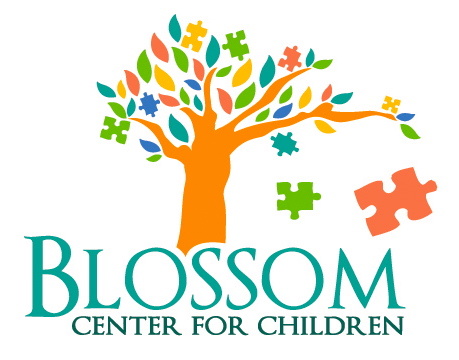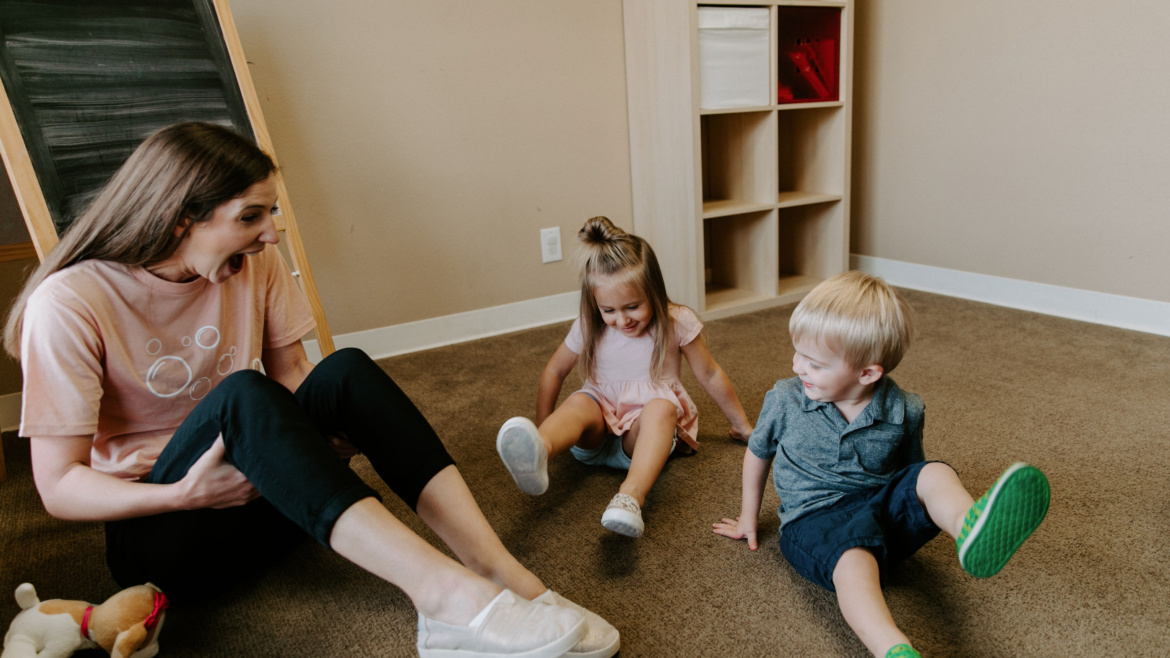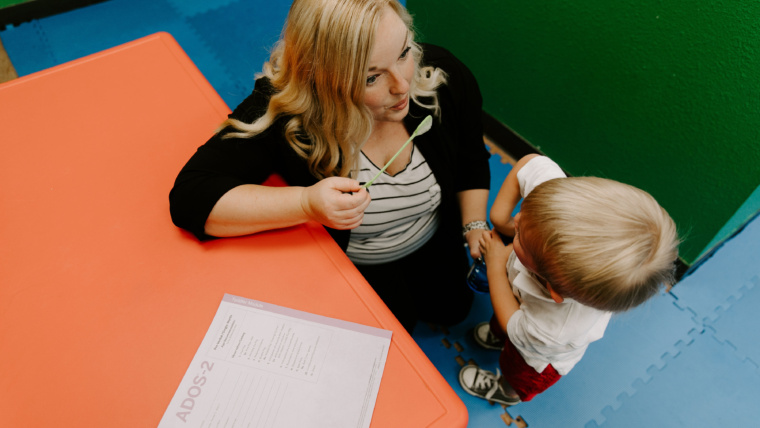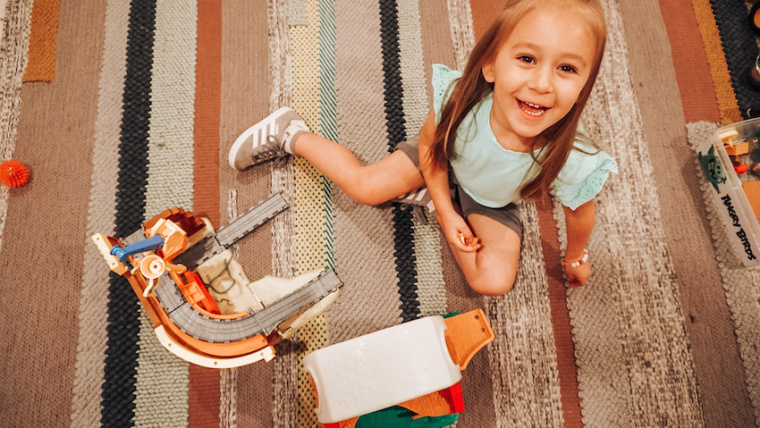JOINT ATTENTION…. WHAT’S THE BIG DEAL?
By: Hallie Respondek, M.Ed., BCBA, LBA
October 29th, 2020
Joint attention and autism… where to begin!
While you may have not heard of that fancy word (JOINT ATTENTION), you have probably been told or experienced that individuals with autism have difficulties or delays with eye contact. It’s true!
Joint attention is the ability to coordinate attention between another person and an interesting object or event in a social context (Mundly et al., 1999). More simply, it’s the moment that a kiddo sees a super exciting toy or object on the counter and looks to you and then the toy again and then back to you. All of those shifts in attention, make up the beautiful skill- joint attention.
Joint attention is a foundational skill for so many crucial and important developments: language, play, advanced social skills, development of non-verbal behaviors and social cognitive skills. Ultimately though, it’s a social skill. This means that its sole purpose is to equip an individual with the tools to interact with others. Some signs that indicate there may be difficultly or delays with joint attention are:
- Difficulty or lack of a response when name is called
- Difficulty or does not use or follow points
- Difficulty or does not follow shifts in gaze
- Difficulty or does not point to objects or exciting things happening
- Difficulty or does not bring objects for help or to comment on
- Delays in communication
- Delays or difficulty in other social situations
- Difficulties in gaining attention or help from others
If you have determined that there may be a delay in joint attention, there are plenty of things you can do! First, early intervention is key! If you suspect there is a delay, get support from a specialist to guide you through any next steps.
There are also ways to increase joint attention at home!
- When your kiddo does make eye contact, ensure that you make a huge deal of it! Make that tickle attack HUGE or give them some extra time with a toy.
- Withhold those tickles or well-loved toy for a moment for them to shift eye contact up to you. Once they do, give the item right away. If for the first couple of times, it doesn’t go that seamless, that’s okay- practice makes perfect!
- If you find it difficult for them to shift eye contact to you, try moving the object close to your eyes so the shift happens more naturally.




